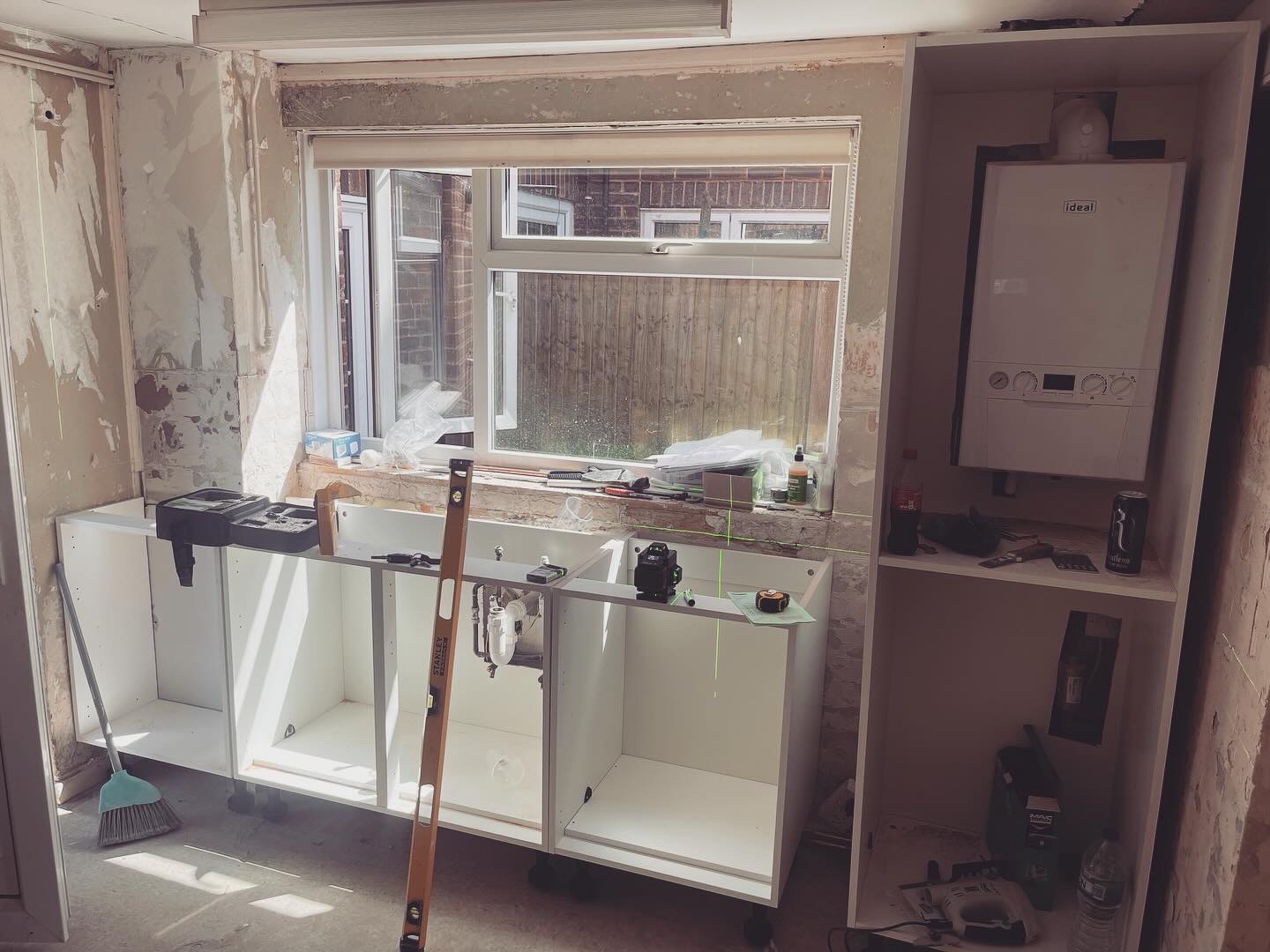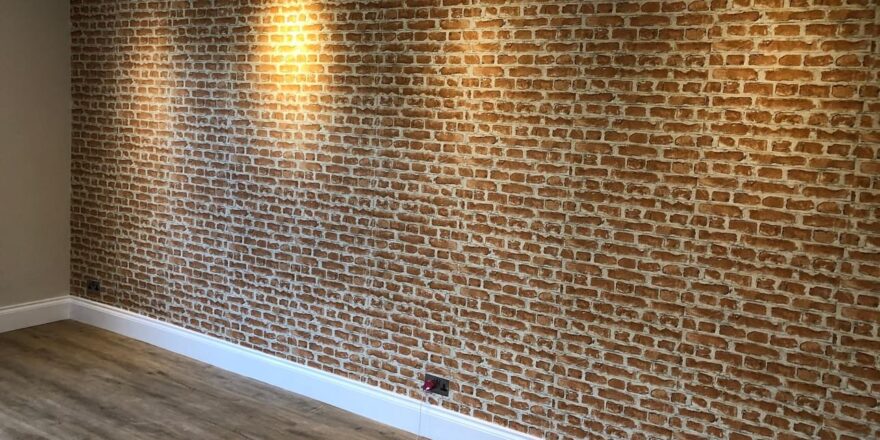What is the difference between Interior Construction and Property Refurbishment
What are the steps when starting a refurbishment project ?
Starting a refurbishment project involves careful planning, coordination, and execution to ensure a successful outcome. Here are the key steps to take when initiating a refurbishment project:
-
Define Project Goals and Scope:
- Clearly articulate the goals of the refurbishment project. Define what you aim to achieve, whether it’s modernizing the space, improving functionality, or addressing specific issues. Establish the scope of work, including the areas or aspects of the property that will be renovated.
-
Budget Planning:
- Determine the budget for the refurbishment project. This should include costs for materials, labor, permits, and any unforeseen expenses. Having a realistic budget helps guide decision-making throughout the project.
-
Assemble a Project Team:
- Identify and assemble a project team, including architects, designers, contractors, and other professionals. Ensure that the team members have the necessary expertise for the specific type of refurbishment you are undertaking.
-
Site Assessment and Inspection:
- Conduct a thorough assessment of the property. Identify any structural issues, safety concerns, or code compliance issues that need to be addressed. An inspection will help create a detailed project plan.
-
Develop a Project Plan:
- Create a comprehensive project plan that outlines the timeline, milestones, and tasks to be completed. Include details such as demolition, construction, installations, inspections, and finishing touches. A well-structured plan helps keep the project on track.
-
Obtain Necessary Permits:
- Check local regulations and obtain any required permits for the refurbishment work. This may include building permits, zoning approvals, or environmental permits. Ensure compliance with all legal requirements before starting the project.
-
Demolition and Site Preparation:
- If applicable, carry out demolition work and prepare the site for construction. This may involve removing existing structures, clearing debris, and addressing any environmental considerations.
-
Structural Work and Construction:
- Begin the construction phase, which may involve structural modifications, framing, and other major construction tasks. Coordinate closely with the project team to ensure that the work aligns with the design and meets safety standards.
-
Mechanical, Electrical, and Plumbing (MEP) Systems:
- Install or upgrade mechanical, electrical, and plumbing systems as needed. This includes HVAC systems, electrical wiring, plumbing fixtures, and other essential infrastructure.
-
Interior Finishes:
- Implement interior finishes such as flooring, wall coverings, paint, and cabinetry. Focus on the aesthetic aspects of the refurbishment project to achieve the desired look and feel.
-
Quality Control and Inspections:
- Conduct regular quality control checks throughout the project to ensure work is being done to the required standards. Schedule inspections at key milestones to verify compliance with building codes and regulations.
-
Final Touches and Clean-Up:
- Complete any remaining tasks, including installing fixtures, completing painting, and adding final touches. Ensure that the site is thoroughly cleaned before final inspection.
-
Client Walkthrough and Approval:
- Invite the client or stakeholders for a walkthrough of the completed project. Address any concerns and obtain final approval before considering the project officially complete.
-
Documentation and Closeout:
- Assemble all project documentation, including warranties, manuals, and as-built drawings. Complete any remaining administrative tasks, and officially close out the project.
-
Post-Project Evaluation:
- Conduct a post-project evaluation to review the overall success of the refurbishment. Gather feedback from the client and the project team, identify lessons learned, and use this information to improve future projects.
By following these steps, you can systematically navigate through the various phases of a refurbishment project and increase the likelihood of achieving a successful and satisfactory outcome.




